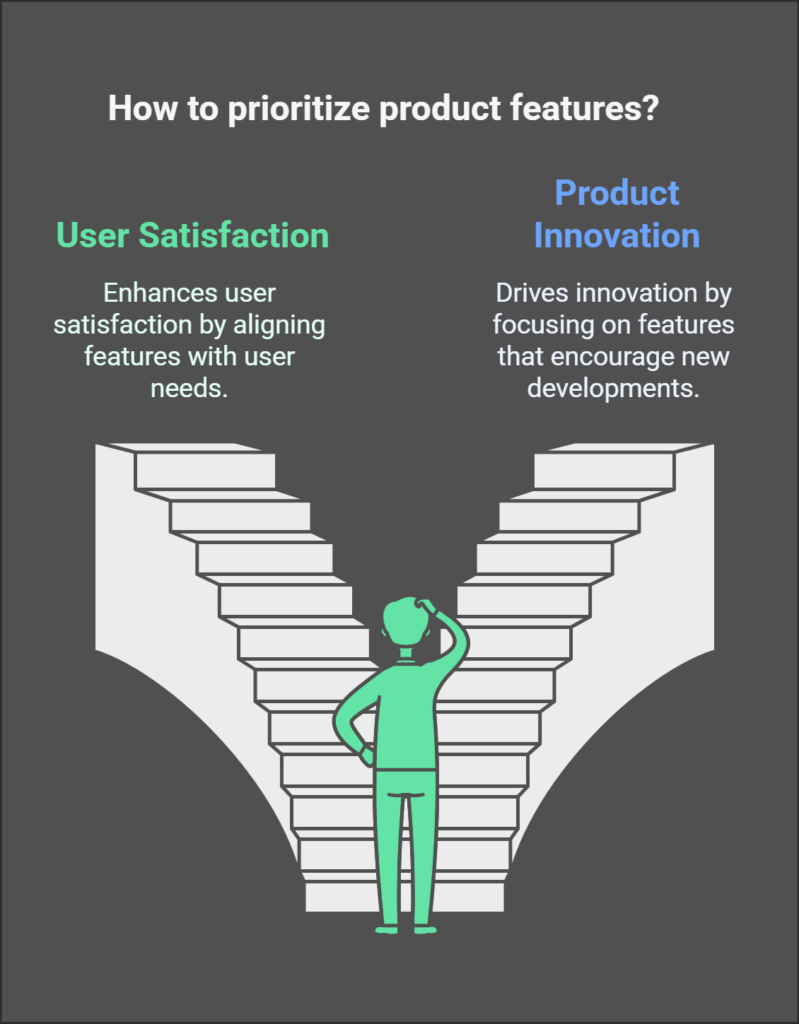Are We Guessing Too Much in Product Development?
Product teams spend months building new features, only to realize later that users don’t care as much as expected. This isn’t an isolated issue—it’s a systemic problem in feature prioritization.
Despite advancements in analytics and user research, a significant number of features still fail to gain adoption.
80% of product features in typical software products are rarely or never used. This means teams are spending time, effort, and engineering resources on things that don’t move the needle.
One possible solution? Voting for next feature!
When users are given the opportunity to vote for the next feature, product teams gain direct insight into what’s most important—helping them prioritize development based on demand rather than assumption.
But does this approach always work? And how can teams implement it effectively without falling into common pitfalls?

The Problem with Traditional Feature Planning
Feature prioritization has traditionally relied on a combination of:
- Stakeholder input – Often skewed by internal biases
- Competitive analysis – Reacting to what others are doing, rather than what users need
- Customer requests – Handled in a scattered, one-off manner
- Gut feelings – Based on what teams think will work
While these approaches aren’t inherently flawed, they leave significant blind spots. Decisions made without user validation often lead to underutilized features and wasted effort.
A study by Standish Group found that only 20% of software features deliver high value, while the rest contribute little to the overall product success. This inefficiency could be significantly reduced if teams had a systematic way of gathering user priorities.
This is where feature voting offers a compelling alternative.
Voting for next feature: How It Works and Why It’s Effective
Feature voting is a system where users can:
✔ Submit feature requests – Suggest improvements or new functionalities
✔ Upvote existing ideas – Show which requests are most relevant
✔ Track development progress – Stay informed about planned updates
Instead of relying on fragmented user feedback, voting mechanisms provide a clear, quantifiable way to measure demand. The advantages are significant:
- Direct User Insight – Teams get firsthand data on user priorities rather than relying on assumptions.
- Engagement and Retention – Users feel invested in the product when they see their votes influencing its evolution.
- Improved Resource Allocation – Development is focused on high-impact features rather than low-value additions.

Research-Backed Benefits
- Customer-driven companies are 60% more profitable than those that are not.
- Involving users in product decisions increases retention by up to 20%.
- Feature voting tools help reduce irrelevant feature releases by 30-40%.
While the data is compelling, implementing feature voting effectively requires a structured approach.
How to Use Feature Voting Without Falling Into Traps
Despite its benefits, feature voting is not a perfect system. Many teams fall into common traps, such as:
- Over-reliance on votes – Prioritizing features solely based on upvotes without considering feasibility, business strategy, or technical complexity.
- Lack of transparency – Users vote but never see the results reflected in the product roadmap.
- Feature overload – Adding too many user-requested features, leads to bloated software and loss of focus.
Best Practices for Effective Feature Voting
🔹 Set Clear Criteria for Feature Selection
- Votes should inform, not dictate, decisions.
- Consider factors like technical effort, alignment with company goals, and long-term scalability alongside votes.
🔹 Close the Feedback Loop
- Let users know how their votes are influencing development.
- Use changelogs and public roadmaps to provide visibility into upcoming features.
🔹 Use Voting as a Starting Point, Not the Final Decision
- Pair votes with qualitative feedback to understand the “why” behind requests.
- Prioritize features that solve meaningful problems, not just those with the most votes.
The Future of User-Driven Product Development
Feature voting isn’t just about ranking feature requests—it’s about bridging the gap between users and product teams. When done well, it leads to better decision-making, more engaged users, and a product that continuously evolves in the right direction.
However, it’s important to strike a balance. User input should shape the product, but not control it entirely. The most successful teams use voting data alongside user interviews, analytics, and strategic planning to make informed, well-rounded decisions.




